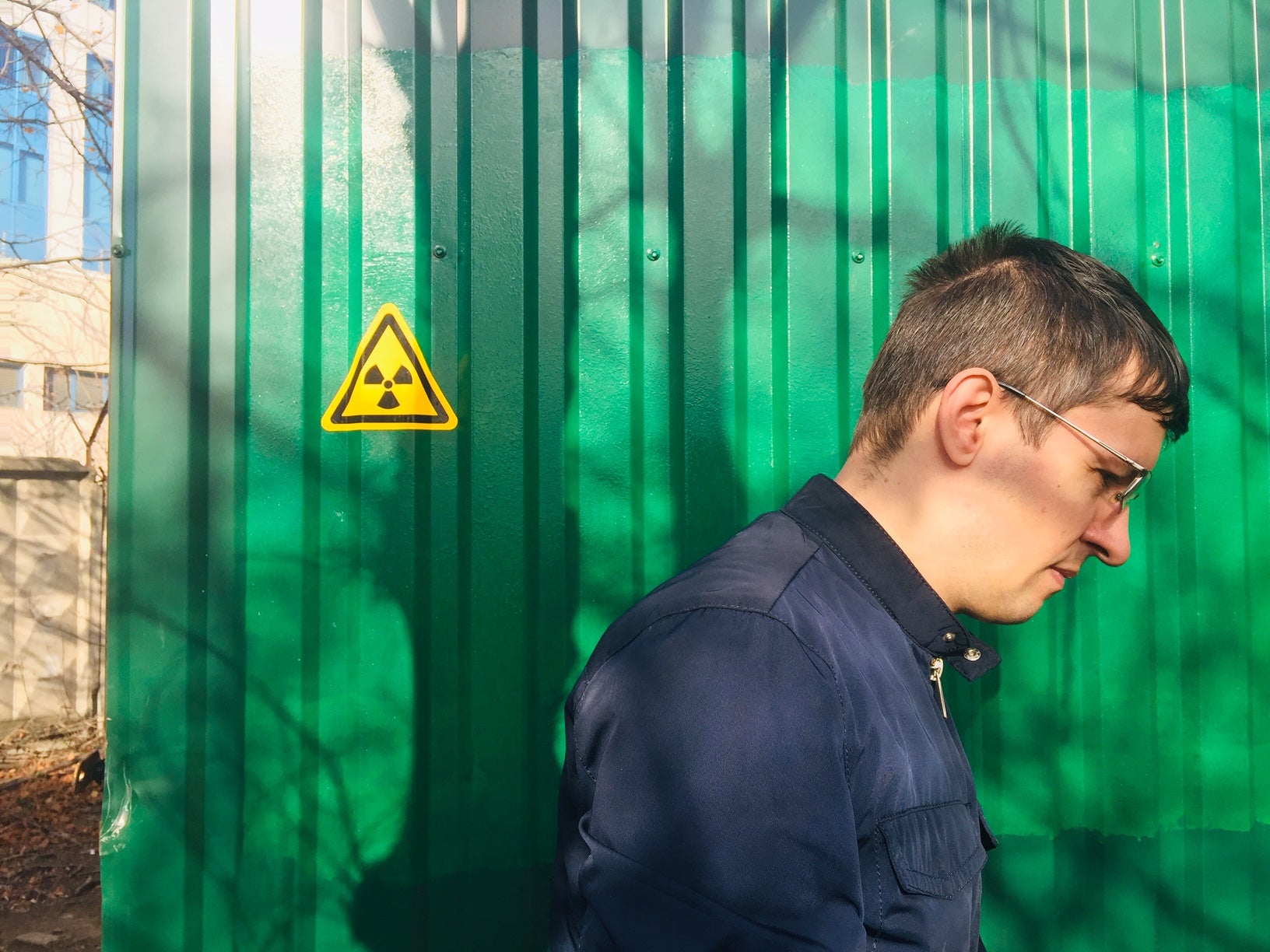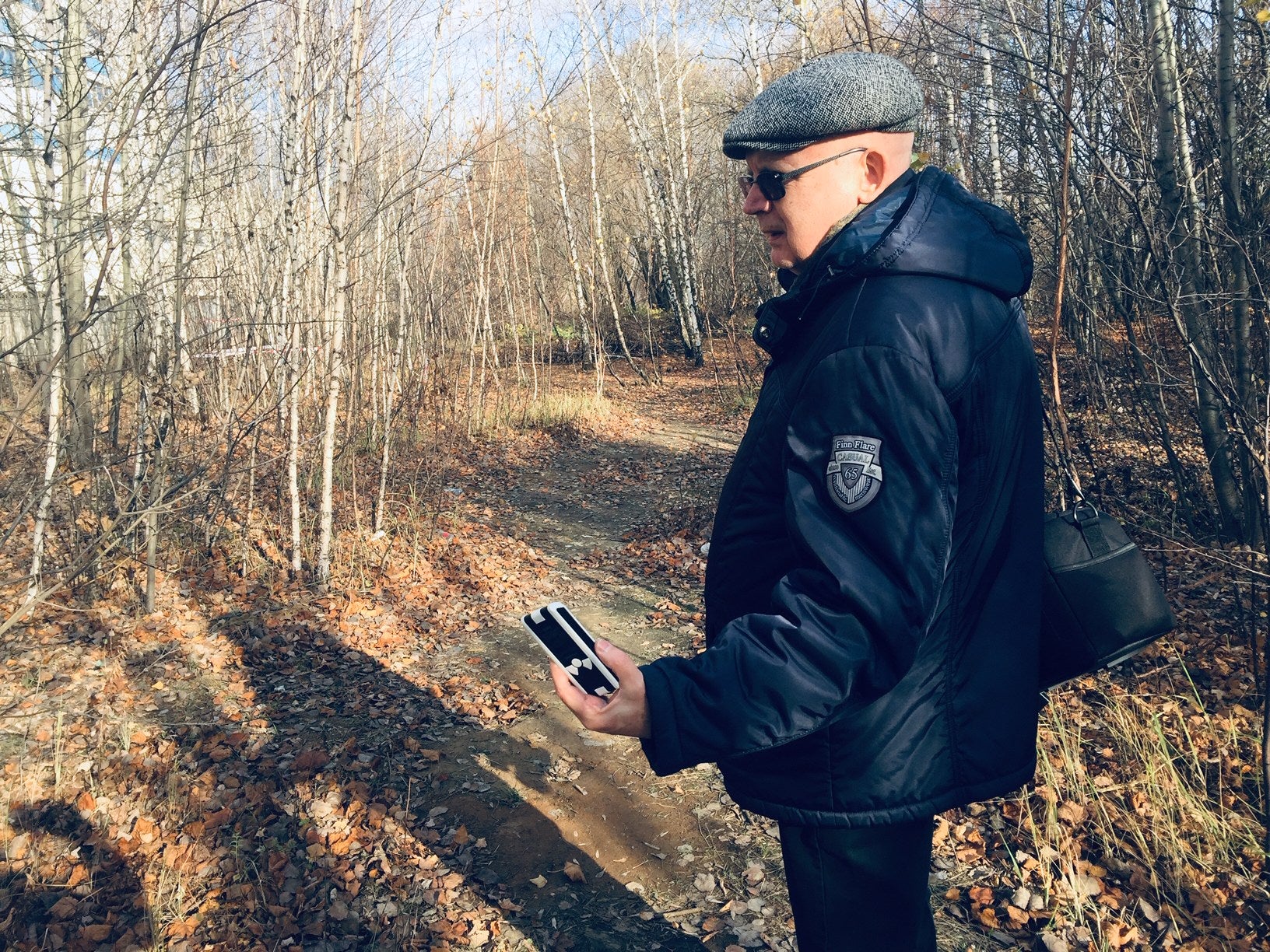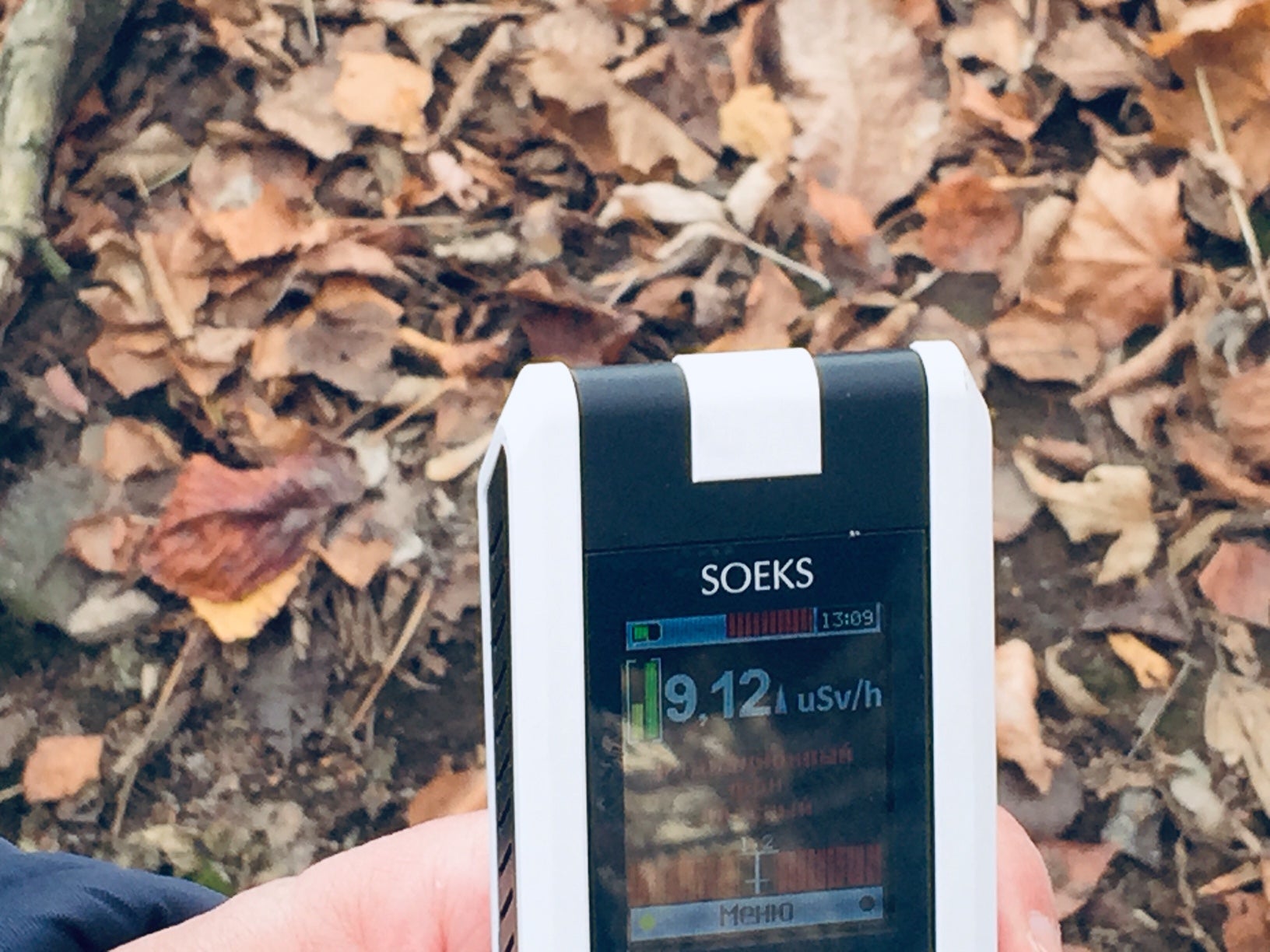Locals fear radiation spikes as Moscow plans road across nuclear waste dump: ‘Everything is very bad’
Greenpeace claims radiation levels at the site are already many times above natural levels – and higher than the levels now seen in the Chernobyl exclusion zone

Your support helps us to tell the story
From reproductive rights to climate change to Big Tech, The Independent is on the ground when the story is developing. Whether it's investigating the financials of Elon Musk's pro-Trump PAC or producing our latest documentary, 'The A Word', which shines a light on the American women fighting for reproductive rights, we know how important it is to parse out the facts from the messaging.
At such a critical moment in US history, we need reporters on the ground. Your donation allows us to keep sending journalists to speak to both sides of the story.
The Independent is trusted by Americans across the entire political spectrum. And unlike many other quality news outlets, we choose not to lock Americans out of our reporting and analysis with paywalls. We believe quality journalism should be available to everyone, paid for by those who can afford it.
Your support makes all the difference.Up a small hill from the Moskvorechye commuter station in southeastern Moscow, there is a hole in a green corrugated fence. Radioactive warning signs, fly-posted by a group of local activists, are a clue to the mystery on the other side.
Equipped with rubber boots, air masks and radiation counters, a motley crew is carrying out an inspection of the radioactive waste dumps behind the fence, on the perimeter of Moscow’s decommissioned Polymetal factory.
It’s part of a last-gasp attempt to stop local authorities from building a bridge and eight-lane motorway across part of the site – controversial plans, the activists say, that run the risk of releasing buried radioactive material into the air and adjacent Moskva river.
Campaigning group Greenpeace has recently published results from new tests of topsoil from the area immediately affected by the highway construction. Those tests showed radiation levels dozens of times above permissible levels, and pose a cancer risk to local residents, the group claimed. Samples at 0.5 metres below the surface showed significantly higher levels of radiation.
The new evidence appears to directly contradict the official position that construction of bridge and highway would avoid any contaminated areas.
In among the human-made forest of bare trees, decommissioned factory bricks and reinforced concrete, at five spots in the area covered by projected road plans, radiation peaked at between five and 15 times above natural background radiation. In one area about 150 yards away from the proposed construction work, counters registered 9.2 µSv/h (microSieverts per hour), or 45 times above normal levels. This is higher than most spots in the Chernobyl exclusion zone (generally 1-7 µSv/h).
“The builders say there is nothing here, but we see with our own eyes everything is very bad,” says Ivan Kondratiev, a local organiser whose father lives close to the proposed highway.
“These levels of radiation on their own aren’t going to kill you. But they tell you what lies underneath, and what will happen when building work unsettles it.”
Anton Kulbachevsky, head of the Moscow department for the environment, says he does not believe the Greenpeace claims.
“No matter how much I’ve come across Greenpeace, its very rare that what they are saying is backed up by real evidence.”
The secret garden near Moskvorechye station is the legacy of 1950s and 1960s, the earliest years of the nuclear arms race. That was a time when Russia looked to reverse, in Joseph Stalin’s words, “fifty or a hundred years” of backwardness in ten years. Achieving that giant leap meant cutting corners on nuclear safety, the dangers of which were not completely understood at the time.

“My aunt worked as a sample collector at the factory in the early fifties,” says Kondratiev. “She was just 18 when she started and they never told her the truth of what she was working with. All she remembers is getting two big, painful injections every year.”
For many decades, the activity of the Polymetals factory remained a state secret. The full extent of what it produced will likely never be revealed. But we do know it was primarily concerned with extracting uranium and thorium from ores. It disposed of thousands of tonnes of waste products from these processes in areas adjacent to the factory.
The Polymetals factory was not the only plant in Russia – or the world – to disperse of radioactive waste so incautiously. The Soviet network of institutes and factories left hundreds of such dumps across the country. But the volume of byproducts, and the tens of thousands now living nearby, make the plant’s legacy particularly troublesome.
In 1999, Radon, the agency of the Russian government responsible for securing radiological waste, made a major survey of the site. That inspection revealed 40 separate zones of contamination, and authorities immediately embarked on an operation to make the area safe. But they stopped short of a full decontamination operation. In a 2006 interview, Alexander Barinov, Radon’s chief engineer for Moscow, explained that removing all the contaminated soil was “impossible”. Instead, engineers chose to lay new soil every year to keep the waste buried.

Cheryl Rofer, a retired US scientist and nuclear specialist, agrees a full decontamination would be prohibitive on cost grounds “for most countries”.
“Decontamination would mean the removal of an enormous amount of soil, and other things,” she tells The Independent. “And there would have to be a place to put it.”
Rofer, who oversaw remediation of the disposal pits at the Los Alamos National Laboratory in the United States, where the first nuclear bomb was developed, cautions that the activists’ claims of radioactive clouds were exaggerated. That said, road and bridge construction in the area is not “not a great idea”, especially given the population nearby.
“Building work can open things up and allow material to escape in other ways,” she says. “The thing about old disposal areas is that they always have surprises in store.”
Moscow city authorities seem to have pressed on with plans for the highway despite pushback by experts. A 2013 document seen by The Independent shows, for example, that the management of the former Polymetals plant initially refused the proposed routing. It was only four years later that management eventually acceded to the plans – and this only after being called in by Moscow City Hall.
Pavel Tarasov, a municipal deputy for the Communist Party backing local protests against the highway, says authorities had presided over a “cover-up”.
“They know about the radiation danger, but the only thing that matters is their multibillion-dollar project,” he says. “They can’t get the thing through legally, so they are lying.”
Moscow officials have denied any illegal activity and have promised to continue monitoring the site.
Moscow authorities also insist radiation does not exceed normal range at the highway construction zone. A consultation is ongoing.
In a statement to the Moscow City Duma, Rafik Zagrutdinov, the interim head of the city’s department of construction insisted that radiation did not exceed norms.
“All the necessary engineering and geological surveys have been carried out,” he said. “The results of the survey showed no excess of the radiation background.”
Stepan Kalmykov, interim dean of Moscow State University’s chemistry faculty, urges against “excessive radiophobia”. Radon, he says, has plans for further decontamination of the area. That would include more soil removal and “engineering solutions” to create barriers to stop leakage. The radionuclides found near the Polymer plant – uranium, thorium and radium – do not justify alarmism.
“These are naturally occurring radionuclides, albeit at higher concentrations,” he says. “As long as reducing risk is feasible, it should be done. But as a professional, I can only smile at the comparisons being made to Fukushima and Chernobyl.”
According to Kalmykov, Russia’s incautious nuclear past also lent an advantage.
“In the race for nuclear defence, we became a leader in recklessness,” he says. “But now – by accident – we have become leaders in decontamination. Our engineers have already done enormous work across the country. There’s no reason for them not to do a good job here.”
Join our commenting forum
Join thought-provoking conversations, follow other Independent readers and see their replies
Comments